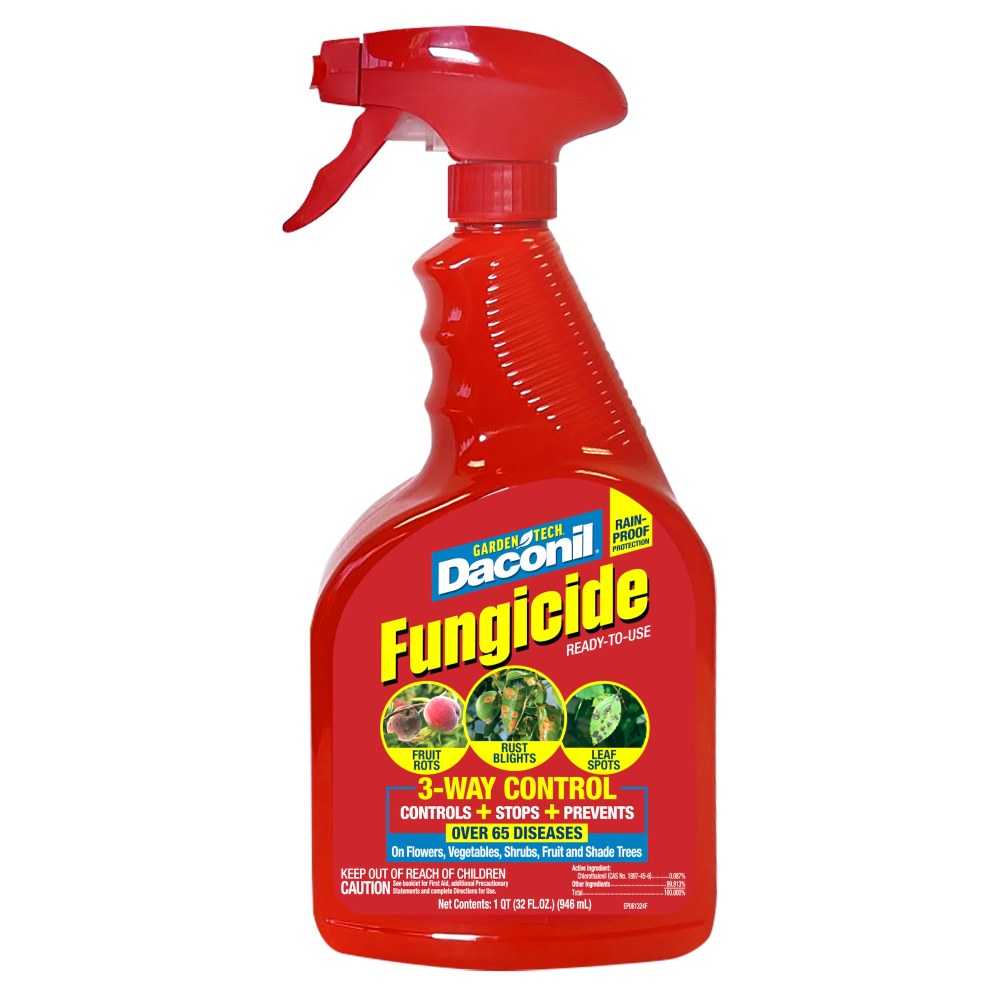Powdery Mildew







White, powder-like growth on plant leaves, shoots, and stems are sure signs of powdery mildew's arrival. Unlike many common fungal diseases that thrive in cool, wet weather, powdery mildew flourishes when it's warm and dry. In fact, prolonged wet conditions that fuel downy mildew and other diseases inhibit powdery mildew. The fungi travel on wind to reach new plant hosts and infect succulent new growth. Moderate temperatures and shady conditions support its spread.
Many different fungal species cause powdery mildew, with each species attacking a different plant or plant family. The widespread disease affects many plant types, from annuals and vegetables to ornamental shrubs. Pollinator-friendly zinnias and members of the cucurbit family, such as cucumbers, melons, pumpkins, and zucchini squash, are common powdery mildew targets.
Powdery Mildew Identification/Symptoms: Powdery mildew is one of the easiest plant diseases to recognize. The first sign of problems is usually white, powdery spots or patches on the top side of leaves or on plant stems. The powdery surface growth gradually spreads to cover the entire leaf, including the undersides, until the plant looks like it's dusted with white powder.
Infected leaves turn yellow and twisted. New shoots and buds develop distorted growth. Flowers and fruit are normally spared the white mildew, but infected plants have low yields and poor-quality fruits.
How to Control Powdery Mildew: Prevention and perseverance are essential in controlling powdery mildew. For cucumbers and squash, this means starting preventive treatments as soon as plants have their first true leaves. For zinnias, treat at the first sign of telltale powder. For ornamental shrubs such as viburnums, treat in mid-summer, when weather conditions favor the disease.
With Daconil® fungicides, GardenTech® brand offers highly effective products to prevent, control and stop powdery mildew and more than 65 other fungal diseases. These products treat vegetables, flowers, and ornamental plants and treat cucurbits right up to the day of harvest:
- Daconil® Fungicide Ready-To-Use and its convenient grab-and-go spray bottle simplify small-scale treatment of individual plants, including trellised container squash and window-box zinnias. Spray until all upper and lower plant surfaces are thoroughly wet. Avoid spraying on open blooms.
- Daconil® Fungicide Concentrate, used with hand-held, hose-end or tank-style sprayers, offers ease and economy. Pour the recommended concentrate amount into your sprayer using the helpful measuring cap. Then add water and mix well. Spray all plants surfaces, including stems, until thoroughly wet.
Fast-acting Sevin® 3-in-1 Insect, Mite & Disease Control Flower & Shrub Ready To Spray can also treat powdery mildew while it fights harmful mites and insect pests.
Powdery Mildew Tip: Powdery mildew struggles in hot, sunny, well-ventilated conditions. Give your plants plenty of room so sunlight and air can flow through leaves. Remove and dispose of infected leaves and stems, and don't compost powdery mildew-infected plants. The fungi may survive the heat of the heap.
Always read product labels thoroughly and follow instructions, including guidelines for treatable plants, application rates and frequencies, and pre-harvest intervals (PHI) for edible crops.
GardenTech is a registered trademark of Gulfstream Home and Garden, Inc.
Daconil is a registered trademark of GB Biosciences Corp.




